Connextyle: Techstyle for Rehabilitation
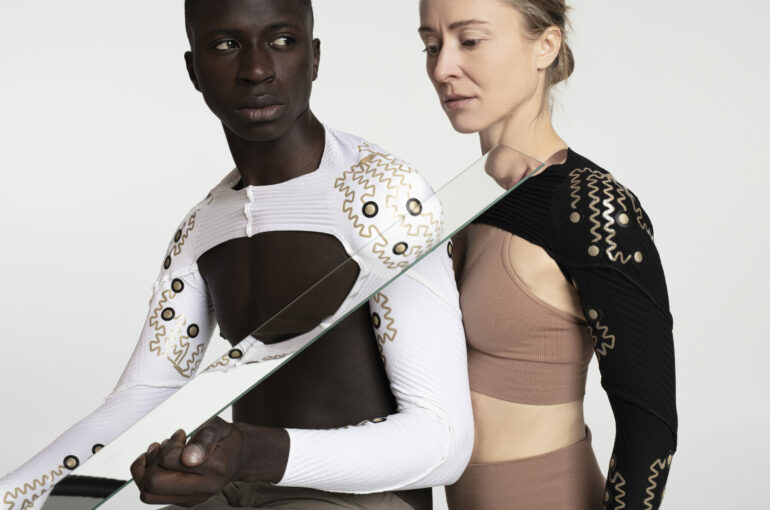
This Friday, during the ARS Electronica festival, we ten Re-Fream artists and designers presented the results of our (almost) year-long collaboration together with our tech partners within the Re-Fream consortium, a pillar of S*T*ARTS EU and Horizon2020. I am incredibly happy to share the results of the research developed with Christian Dils, Max Marwede and Robin Hoske from Fraunhofer IZM, and also my external development partners, Gaia Liesdek from The Knitwear Lab, Paula de Andrés of POL Studio, and ItoM-Medical who supplied the processing module for testing the products.

Connextyle is the future of fabric. It is a rehabilitation garment designed for measuring muscle activity and movement. This design for this garment was inspired by the need for data feedback in rehabilitation, and an empathetic approach to wearable technologies. While the concept is applicable for many kinds of rehabilitation, this shirt was originally designed for stroke patients who have lost full use of the upper body.
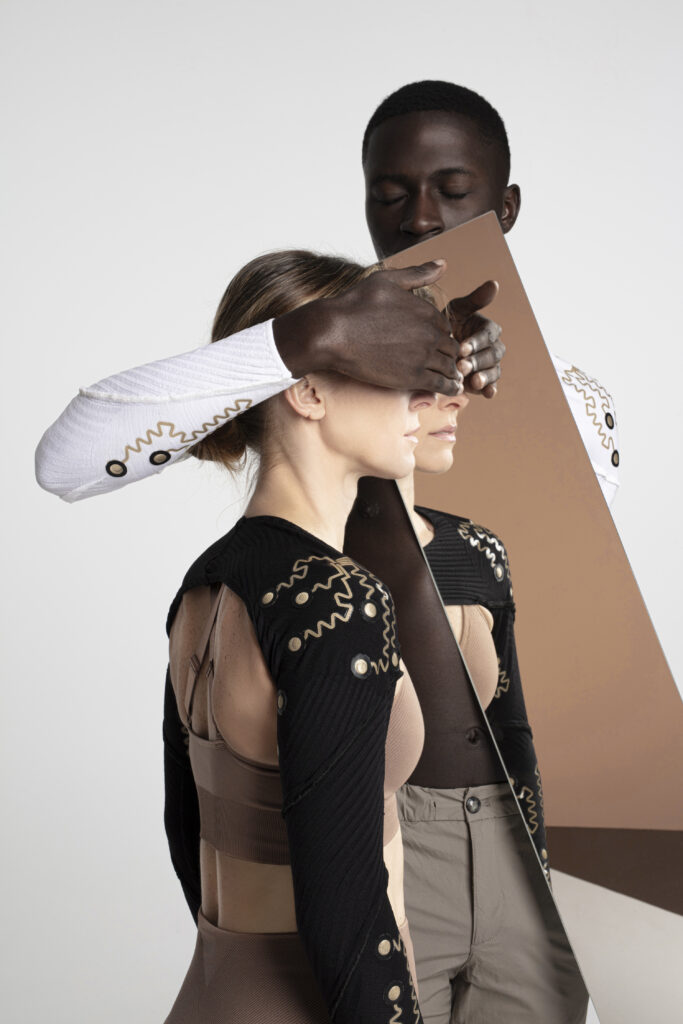
Stroke is a neurological condition that affects the body. Patients must exercise the body in order to create new neural pathways in the brain. Regular daily practice is essential and typical therapy is assessed observationally. With body data feedback, therapists can better tailor their patient’s rehabilitation programs and patients can gain better feedback on the quality and progression of their exercises. The Connextyle shirt is used with an app that delivers visual feedback to patients in the form of creative pattern making, which helps to further stimulate the connection of new neural pathways. It also generates reports to let the patients understand how they have improved.
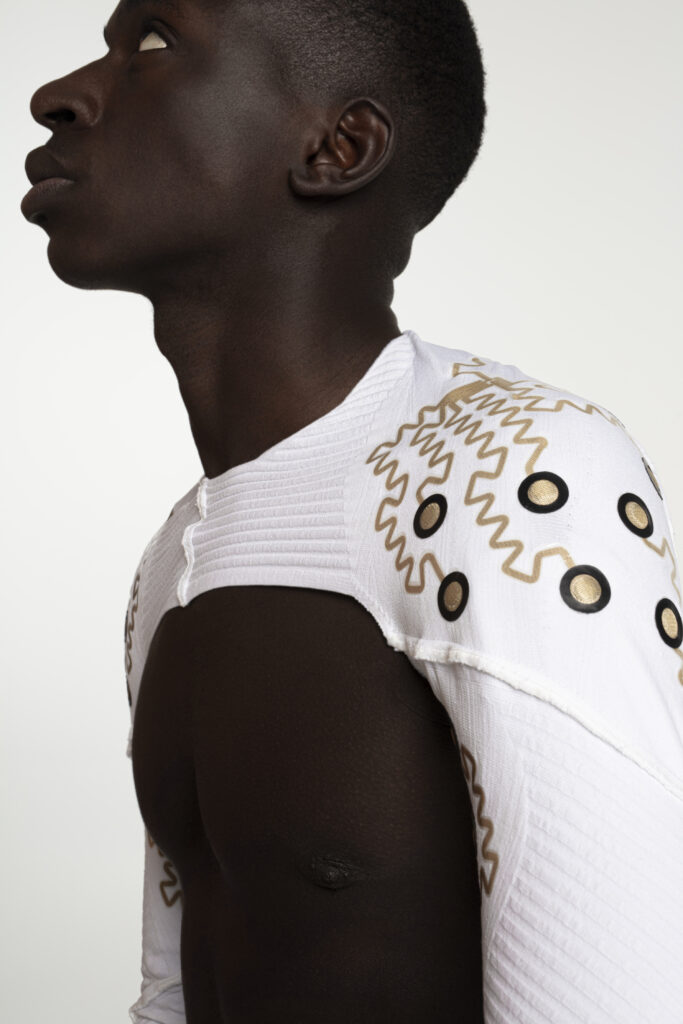
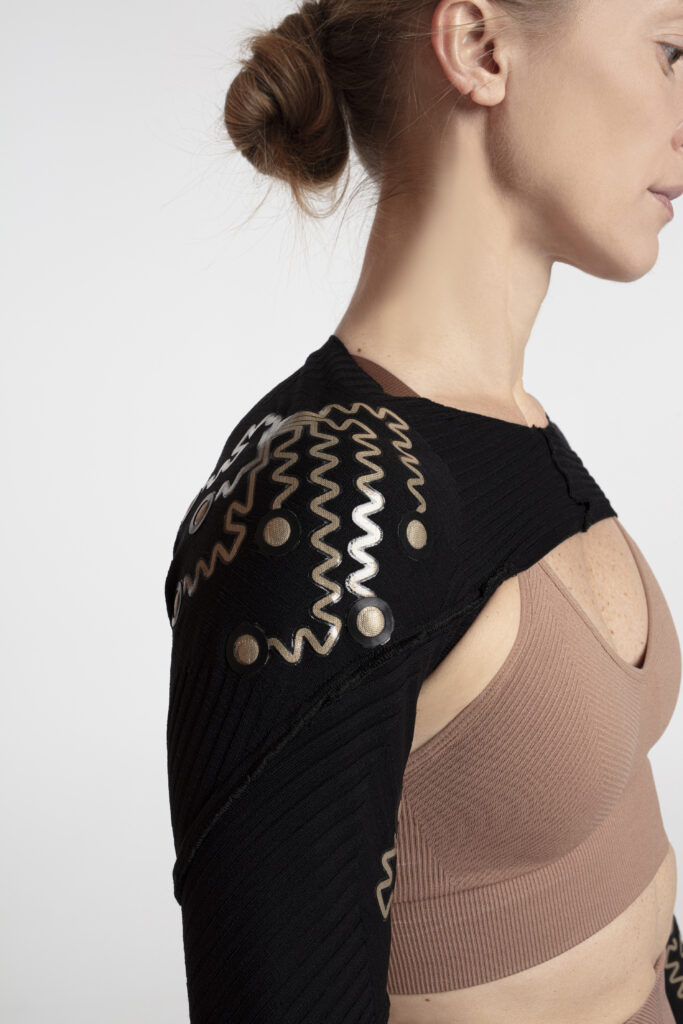
The garments use a new technology from German research institute, Fraunhofer IZM, called TexPCBs, which is silver-coated textile laminated between thermoplastic material. TexPCBs can be laminated to textile to integrate circuitry into clothing. Connextyle uses this technology to create dry electrodes and measure muscle activity. The designs of the Connextyle TexPCBs are specific for this application and were developed in collaboration with tech partner, Christian Dils from Fraunhofer IZM.

Connextyle works from the inside-out with sensors laminated inside the sleeves. The design of the Connextyle garment is separated into a technical sleeve layer and a comfortable non-technical outer layer. It is ergonomically designed, with seams that follow the paths of the muscles. This ensures that the sensors can be laminated in the correct positions without seam interference. The garment is designed to be comfortable and stylish so that patients can wear the garment throughout the day. They can practice their exercises as frequently as possible while also feeling confident about their appearance.
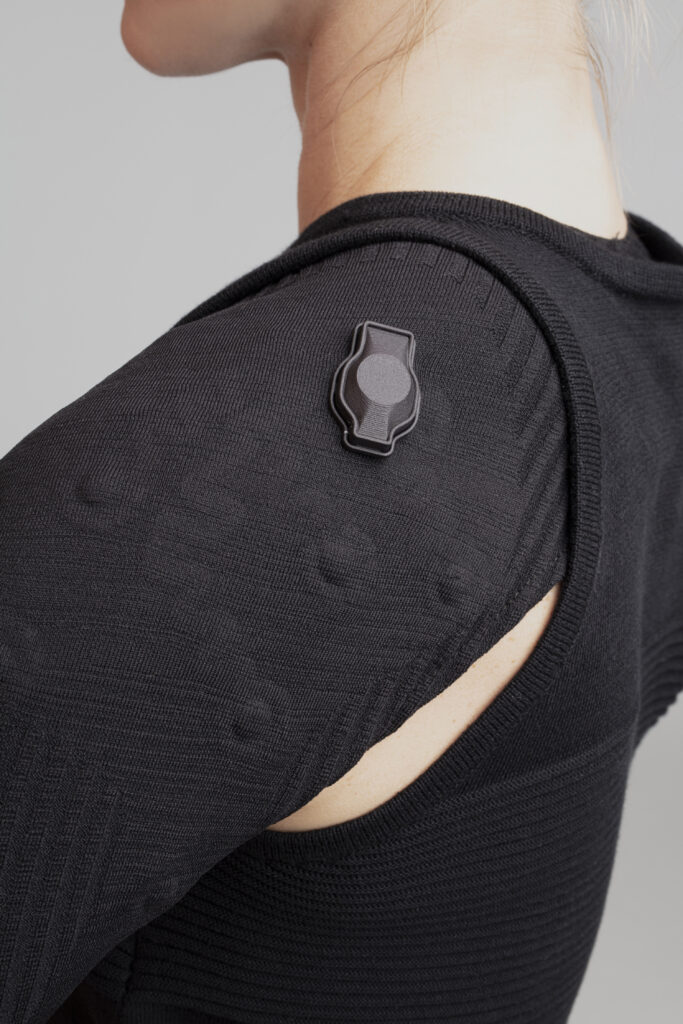
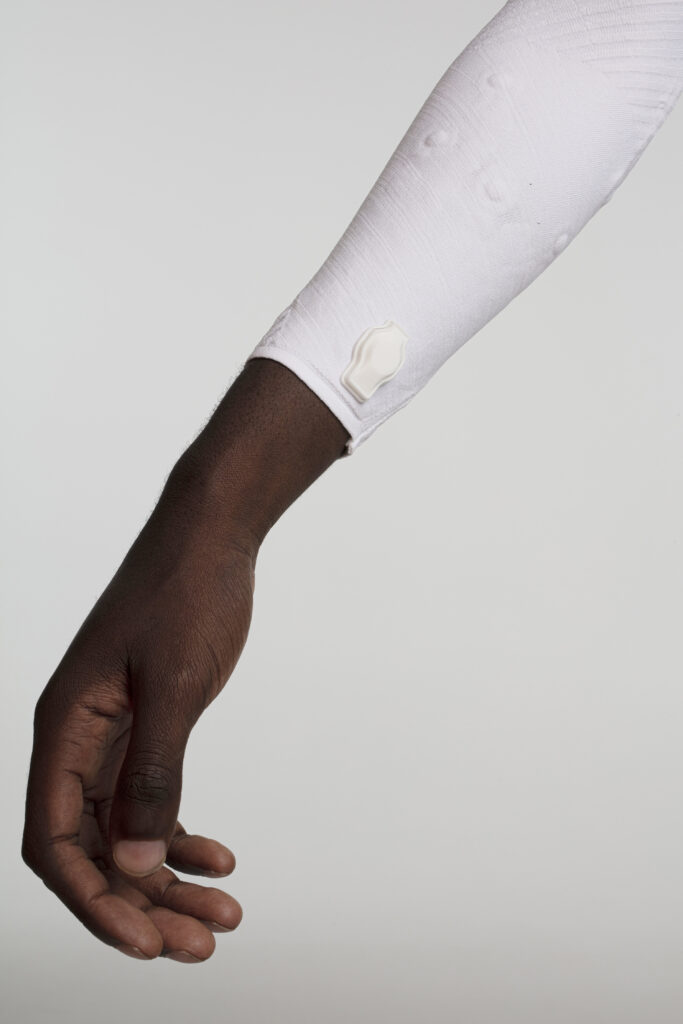
The data that is collected by the TexPCBs is sent to a processing module, which also registers movement, and is attached to the outside of the clothing. This module wirelessly transmits the collected data via Bluetooth. The processing module used in this project is from Dutch company ItoM-Medical. All developments in this project were tested with this specialized module, capable of collecting data from high-impedance dry electrodes.

The patterns for the garment were developed in collaboration with Paula de Andrés of POL Studio. The sleeves and outer layer were custom knit in collaboration with the Knitwear Lab in The Netherlands. The yarns used in the sleeve are a combination of a biodegradable yarn with a high-stretch core wrapped in polyamide and a silver-polyamide fiber used for its antibacterial properties. The outer layer is knit in cotton. The 3D printed snap function of the module allows it to snap on-and-off for recharging the module and washing the sleeves. The sleeves were photographed inside-out to reveal the design of the sensors. When the sleeves and shirt are worn properly, the TexPCB sensors can be seen as a textural element.
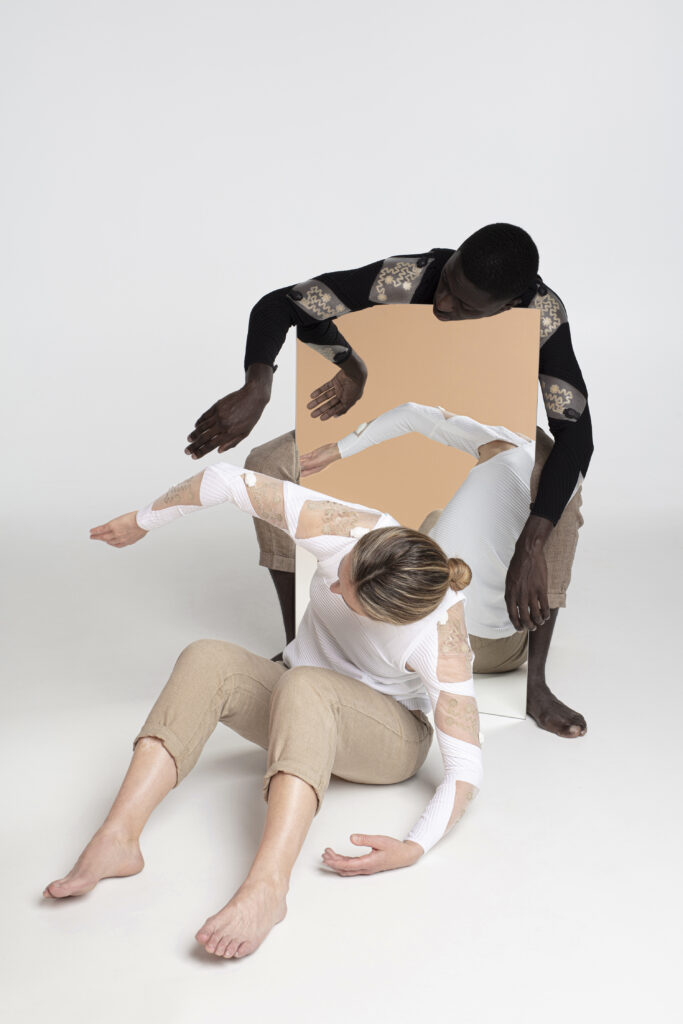
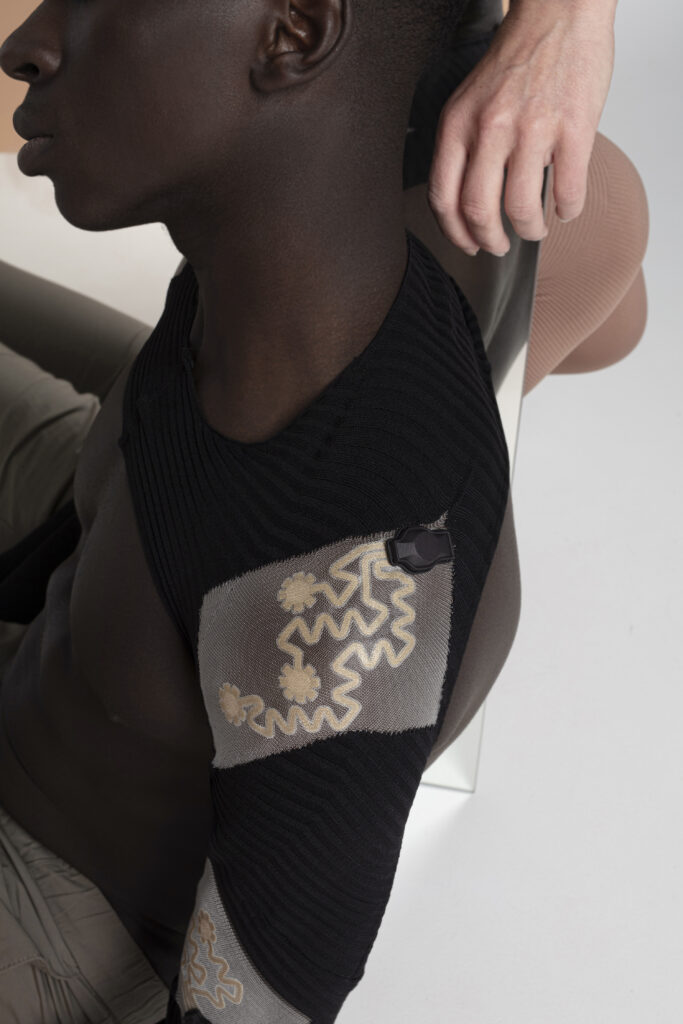
A future concept design was created using a transparent yarn where the TexPCBs are to be laminated. Further development of the transparent yarn would be required to achieve functionality with such a design, as the current transparent yarn has no stretch, and connection of the textile to the skin is important. This concept was materialized as a way to reveal the technology of the sensors in such a way that the aesthetic of the functionality is more visible. It is a potential next step in future design iterations.
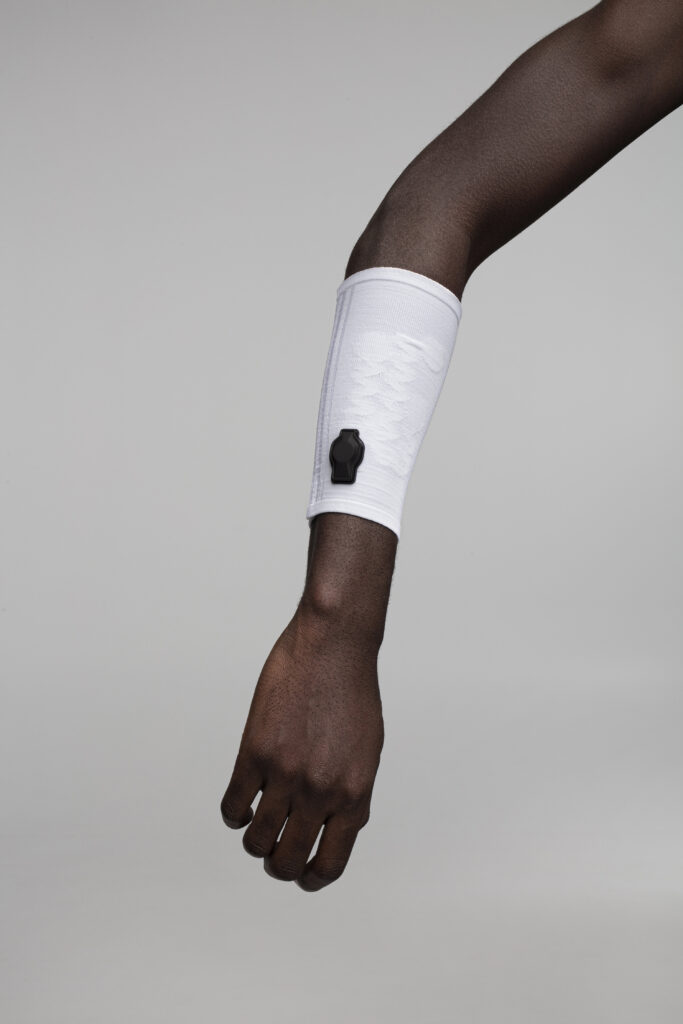
While the TexPCBs are designed to read multiple muscles, the current processing module reads one muscle at a time, therefore an armband design was created as the first functioning prototype. This design enables the possibility for the first clinical tests with patients.
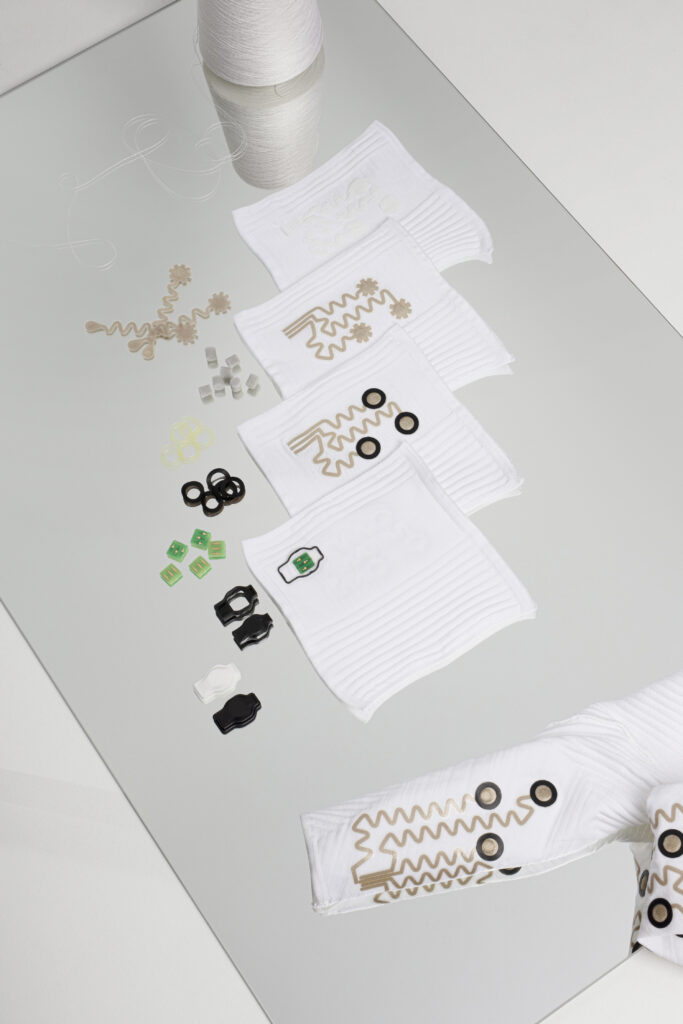
In the final development stage, we used the armband design to illustrate the research and the final results of the design.
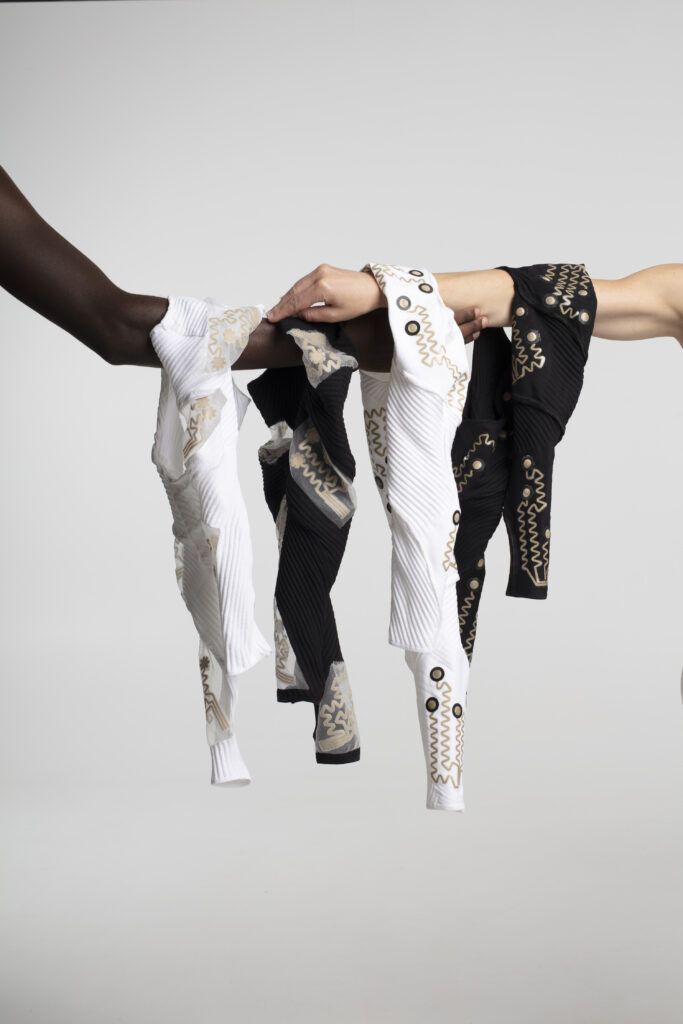
Connextyle is Techstyle for Rehabilitation. In this project, we move towards an empathetic and soft approach to e-textiles. Connextyle is the future of wearable technology.
Visit my website to see the full project and video: https://jessicasmarsch.com





